For the Circuit Sculpture Contest I wanted to create a project that was maybe a work of art (emphasis on maybe) but also a fun functional project. So UBIRS was born. To me, sometimes the beauty is not in the sculpture but in the sculpture in motion.
UBIRS is a bacteria-inspired robot sculpture based around a PIC16F873A micro-controller. To allow UBIRS to be as simple as possible, UBIRS’s two motors only turn in one direction. Although not having bidirectional motion of the motors may seem like a disadvantage, it creates the opportunity for a more novel form of motion, which is a swirly rotary motion. This also allows only one transistor per motor instead of an h-bridge per motor. UBIRS is attracted to light and its main purpose in life is to avoid objects. To accomplish this, UBIRS has two photo resisters, one on each side of the robot and two bump sensors, also one on each side of the robot. UBIRS’s body is made of 14 AWG wires which I also wanted to be functional. The copper wire frame is in three pieces. The bottom piece of copper wire frame is a common bus; the copper wire frame on one side of the bot is a positive bus, while the copper frame on the other side is a motor positive bus and is connected to the positive bus by an inductor and a 470 uF filter capacitor. The busses are held together with two pieces of plastic which also provide a place for the battery holders, photo resisters and bump sensors. UBIRS’s brain the PIC16F873A is suspended on the common bus.
 Dennis
Dennis
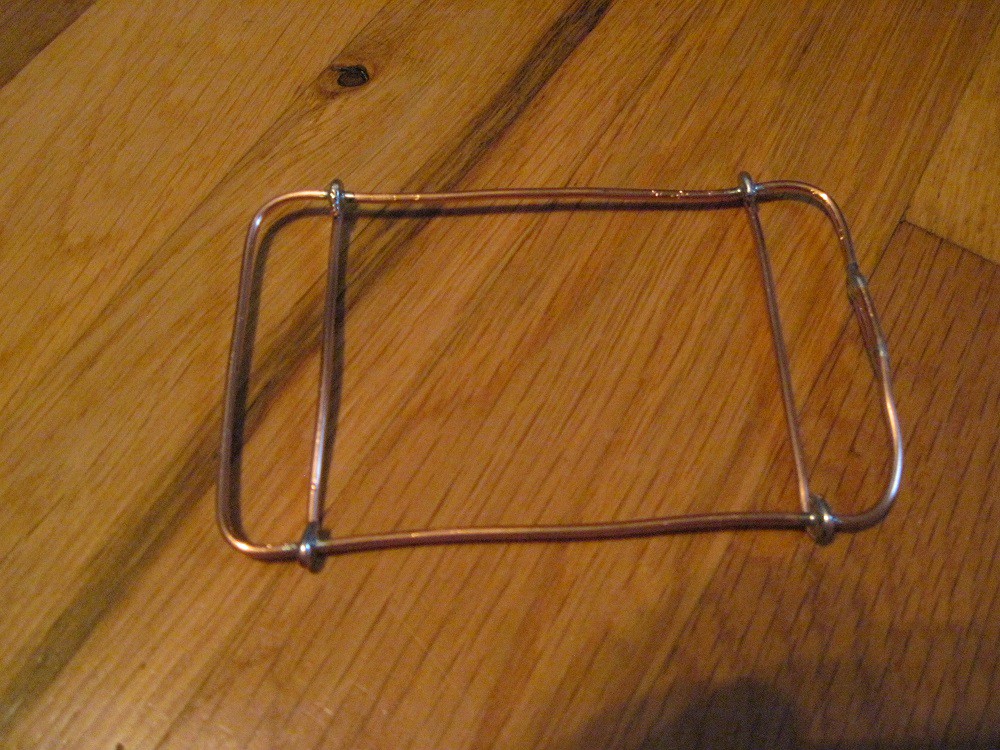
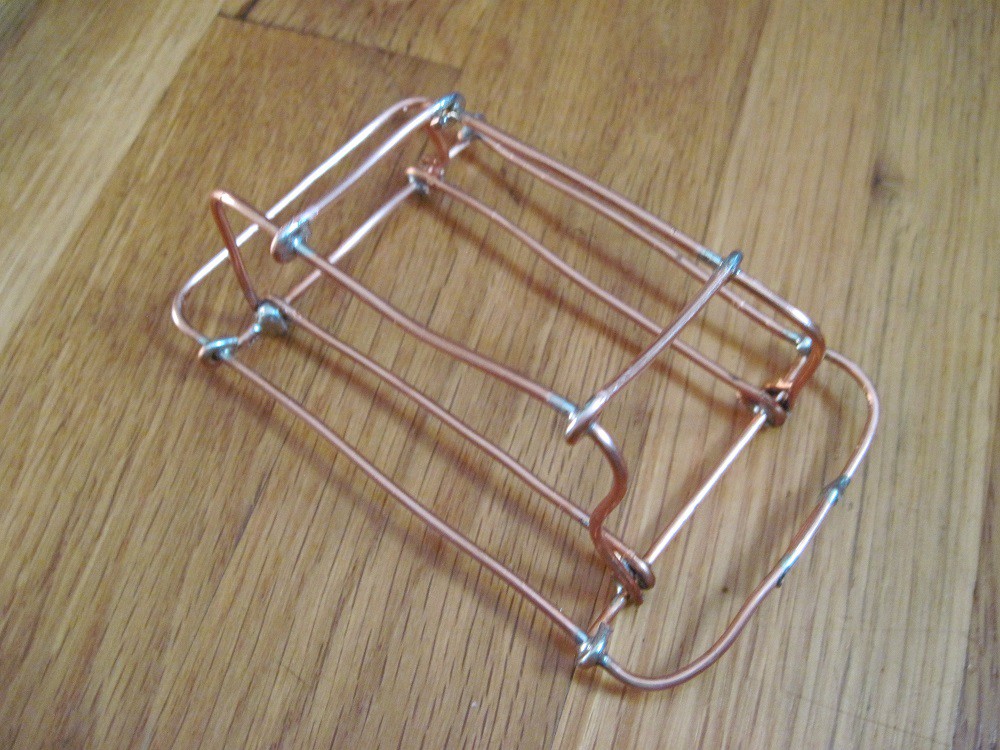
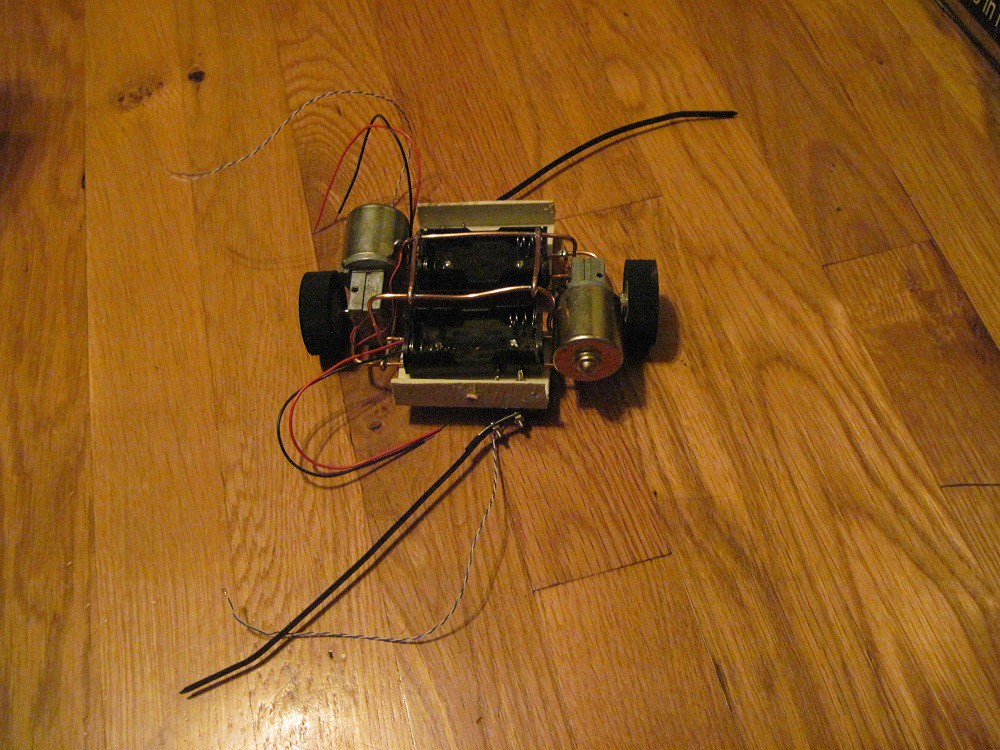



 Roger
Roger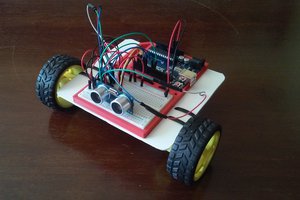
 Toni Paunovic
Toni Paunovic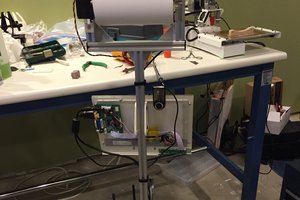
 Apollo Timbers
Apollo Timbers
 Ted Huntington
Ted Huntington